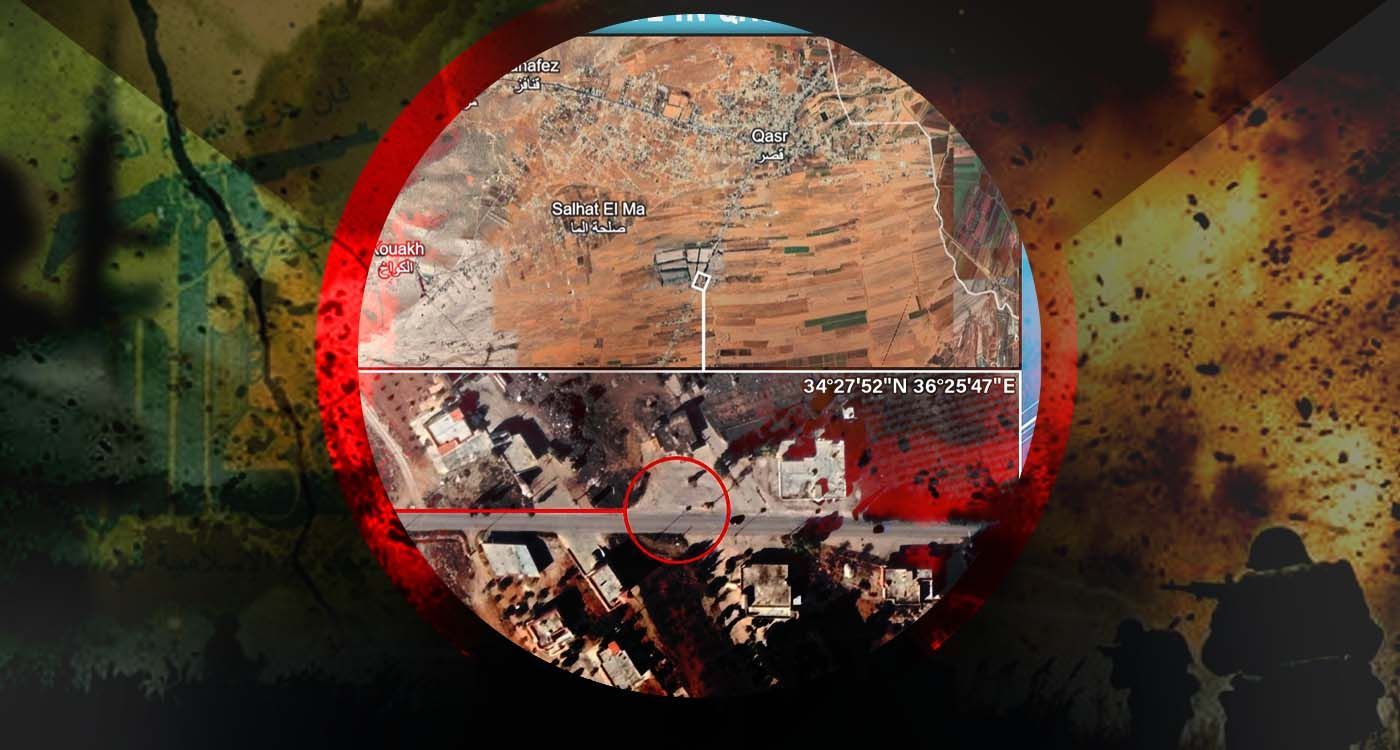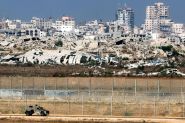- Home
- Highlights
- Unit 4400: Hezbollah’s Vulnerable Logistical Backbone

©This is Beirut
Hezbollah’s once-vital military supply line, Unit 4400, is facing its gravest crisis. Hit by Israeli airstrikes, cut off from Syrian routes and challenged by the Lebanese Army’s renewed authority, the clandestine network is cornered, marking a pivotal strategic shift.
In the Beqaa Valley, once bustling with heavily loaded night convoys, silence now reigns. The routes that Unit 4400 used to transport weapons, drones and spare parts from Iran via Iraq and Syria are currently heavily monitored, relentlessly targeted by Israeli airstrikes and patrolled by the Lebanese Army. Once hailed as the backbone of Hezbollah’s military logistics, the unit now operates under extreme pressure.
Since August 2025, after years of tactical adaptations, its logistical capacity has now been sharply reduced. Israeli airstrikes, international pressure and the Lebanese state’s gradual reassertion of control have forced the unit to retreat, improvise and focus on surviving. What was once a robust backbone now stands as a weakened framework, internally undermined and threatened from all sides.
Understanding this transformation requires a close look at the unit’s origins, missions, operational methods and current vulnerabilities.
A Unit Born in Mughniyeh’s Shadow
Unit 4400 was established following the assassination of Imad Mughniyeh in Damascus in 2008. Mughniyeh, the mastermind of Hezbollah’s military logistics, had been the vital link between Tehran, Damascus and Beirut. His death prompted the Iran-aligned militia to form a specialized, compartmentalized unit to maintain uninterrupted arms flows.
Its mission was clear: manage the entry of advanced Iranian weapons into Lebanon, including surface-to-surface missiles, reconnaissance drones and precision guidance systems, while also transporting Iranian funds, often in cash, to finance Hezbollah’s military operations and bypass international sanctions. From the start, Unit 4400 became a central pillar of Hezbollah’s strategic apparatus.
The unit was long led by Mohammad Jaafar Qasir, alias Sheikh Salah, closely connected to the Iranian command. He oversaw financial flows and coordinated with Unit 190 of the Quds Force, responsible for arms transfers. Operational oversight was handled by Hussein Ali Nasr, aka Abu Ali Hassan. Both were eliminated by Israel in October 2024 and April 2025, respectively, decapitating the network and depriving Hezbollah of experienced operators who could navigate clandestine financing, smuggling routes and local networks.
The militia now struggles to rebuild equally effective channels. As retired Lebanese General Khalil Helou notes, “This unit may exist on paper, but it no longer has the infrastructure or freedom of movement it once enjoyed before Assad’s fall.”
The End of the Syrian Bridge
Since 2011, the war in Syria had opened a strategic corridor for Hezbollah. Unit 4400 could store shipments on Syrian soil, move them via airports or transport them overland from Iraq before crossing into Lebanon. These routes were vital and relatively secure.
Today, that “Syrian bridge” is closed. Hezbollah has withdrawn all forces from Syria, its depots are increasingly exposed, and the border is tightly monitored. “Overland arms transfers have sharply dropped as of August 2025,” confirms Helou. “Some clandestine routes remain, but they are marginal and cannot handle heavy weaponry.” Israeli strikes, Syrian checkpoints, and the Lebanese Army’s reinforced deployment along the eastern and northern borders now make the transport of missiles and heavy equipment nearly impossible.
The Lebanese Army’s Resurgence
Under Lebanon’s new president, Joseph Aoun, and amid international pressure for Hezbollah’s disarmament and Israeli threats of large-scale strikes, the Lebanese Army has stepped up its deployment. Observation towers have been installed and specialized battalions reinforced, allowing border regiments to monitor smuggling routes far more effectively. Syrian interceptions by the new regime have further choked the flow of weapons and supplies.
Discreetly operating to avoid stoking internal tensions, the army has neutralized several Hezbollah depots and positions without public announcements. The goal is clear: reassert state authority, maintain domestic stability, and prevent Lebanon from once again becoming an open battlefield.
The Myth of the Beirut Port
Once an “open secret,” the Beirut Port served as a key hub for Hezbollah’s parallel economy. Lebanese merchants knew that paying networks linked to the Shia group, rather than official customs, ensured smooth passage for their goods, providing the militia with steady funding.
Today, the balance of power has shifted. As Helou observes, international oversight and Israeli threats have changed the game. UNIFIL (United Nations Interim Force in Lebanon), particularly its maritime component, has inspected over 100,000 vessels since 2006, flagging more than 1,200 suspicious cases to Lebanese authorities. Regular rotations of port and airport officers, backed by firm state directives, have further reinforced control.
“Technically, the Lebanese state can fully control the port,” says Helou. Hezbollah and others know that any logistical breach could trigger an immediate Israeli strike against the port and those involved. This constant threat, more than enforcement measures alone, now deters the use of the port as a supply route.
Unit 4400 still depends on Iranian cash, but its parallel smuggling networks, once thriving, are now suffocated by sanctions, tighter inspections and army vigilance. Some clandestine channels persist, but they are far less effective than before.
Once the lifeline of Hezbollah’s military logistics, Unit 4400 is now fragmented: its commanders eliminated, its land routes severed, its port access blocked, and its funding increasingly constrained. While it continues to operate, its extreme fragility underscores a stark reality: Hezbollah, long considered logistically untouchable, currently faces multiple obstacles that could prevent it from sustaining its former military capacity.
Read more




Comments